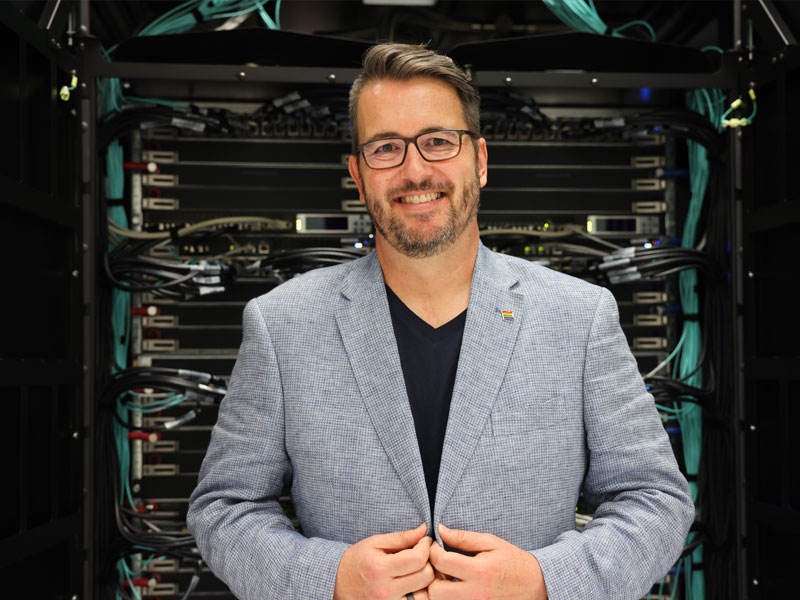Science, enterprise and technology. When these elements are successfully brought together in our society, it is a proven and very powerful combination.
My enterprise level view of high performance computing is one that brings national-level investment in advanced technological infrastructure, sets ambitious scientific goals and develops scientific and industrial applications that have impact far beyond the boundaries of a national HPC lab.
We are now operating in an exascale age, equipped with computing power that is in itself a significant technological achievement – one quintillion (1018) floating point operations per second (FLOPS), a mindboggling level of performance.
However, this performance needs to be combined with the software and data expertise, and inspired scientists, to deliver world-class research.
Some of the biggest science projects in the world, like the Large Hadron Collider and the Square Kilometre Array, require massive supercomputing and data infrastructures to operate.
The true power of high performance computing is a combination of architecture, ambition, and application – it’s technology that creates a platform for impact, and our software and data experts, working with ambitious, inquisitive scientists, hold the keys to unlock that power.
But high performance computing is no longer just the realm of scientists and mathematicians. It is a force across a range of industries and being integrated into everyday lives.
In 2023, new software applications supported by advanced high performance computing and data architectures are releasing a wave of interest and uptake of artificial intelligence.
While researchers have been working on AI as far back as the 1950s, in the last 12 months a wave of generative AI applications, such as ChatGPT, has ushered AI into the mainstream.
Similarly, when the World Wide Web (WWW) came to be in the early 1990s, the technology that powered the internet wasn’t new – connected computer networks had been in place for decades.
It was only when the WWW protocols were made available and published royalty free by research lab CERN in 1993 that companies started creating web browser applications and the internet as we know it today began to take shape.
High performance computing is in places where you can see it, such as car and aircraft designs that created less drag, greater fuel efficiency and improved safety equipment.
It’s also hidden but with no less impact. Law enforcement agencies and financial institutions process reams of data using high performance computing to detect fraud faster than any team of people ever could.
It’s smart business. A US study published in 2013 and updated in 2020 found that for every US$1 invested in high performance computing, an average of more than US$500 was returned in revenue, and US$47 in profits or cost savings.
Enterprise leadership in high performance computing requires organisations to employ people working at the leading edge of technology roadmaps, where they can anticipate the demands.
For this reason, businesses should not discount the value of having a scientist in the boardroom or on their executive team to add this dynamic element of foresight, research expertise and experimentation to their organisation.
Australia has made important progress in increasing gender diversity in the boardroom, however boards should also emphasise functional or professional diversity.
A recent survey from the Committee for Economic Development of Australia found that about 40 per cent of board directors in Australia have financial or legal experience, but only 7 per cent have science and technology experience.
Yet the most dynamic companies, those best placed to respond to change, were found to have 1.6 more directors who are female, and 1.8 more directors with science, technology, engineering and mathematics expertise.
Companies with stronger dynamic capabilities are more resilient, productive and innovative, qualities necessary to keep pace with change in both the way businesses work and people live.
Massive data and advanced computing power, and the applications that can unlock the two, have been applied in science for decades.
But having access to the best or fastest technology is just one piece of the puzzle. High performance computing is not the sum of exascale technology or the number of GPUs in a supercomputer.
For every investment in the hardware and technology roadmaps, there must be a significant investment in people.
People with the skills to apply the technology in research, and people with the vision to transform a sector, a community or even the world.













